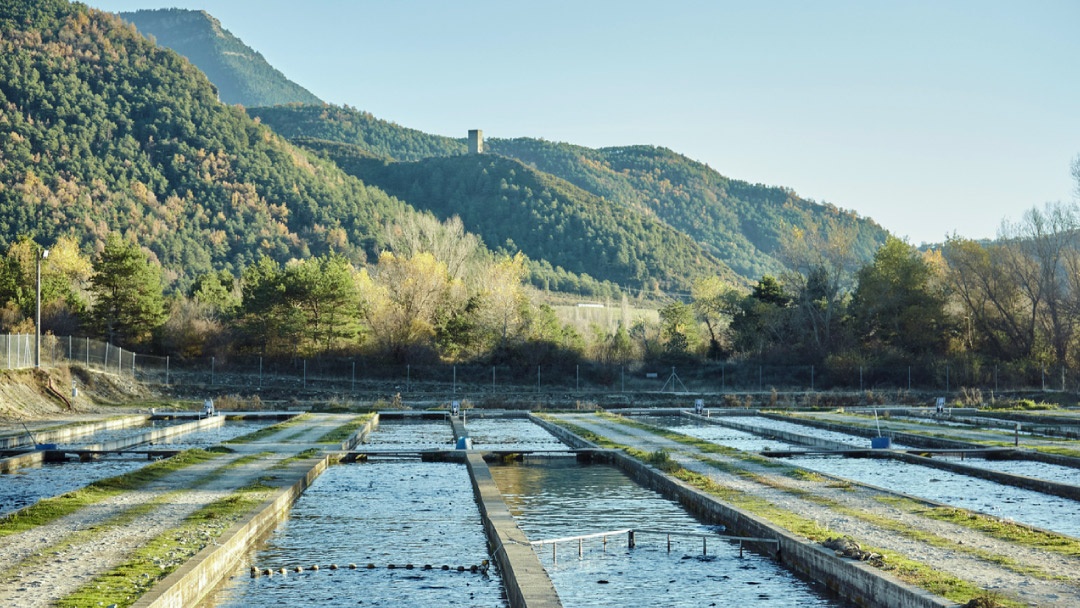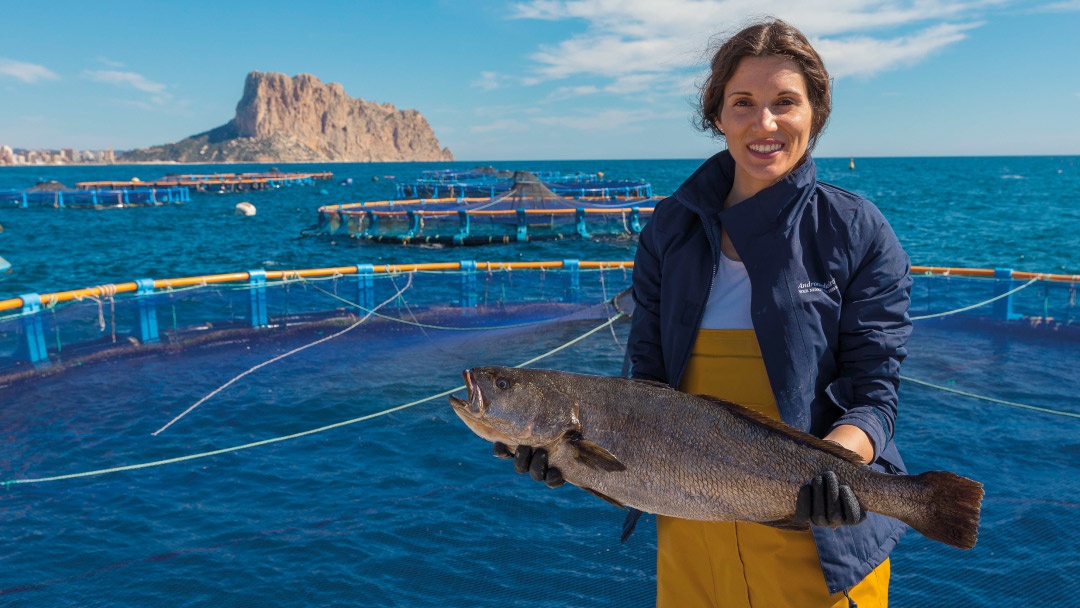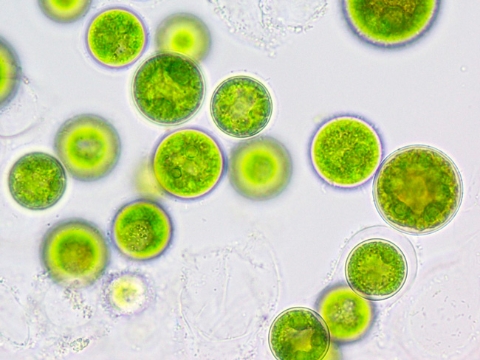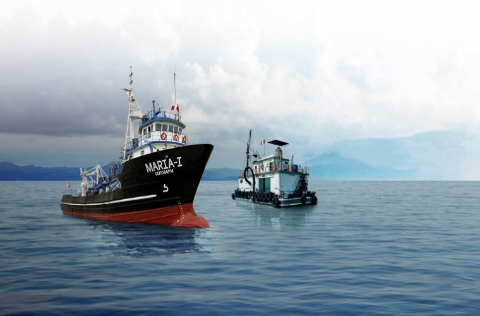
Spanish aquaculture is facing a period of sharp contrast. Overall production volumes have fallen, yet the sector has increased its economic value thanks to the strong performance of fish farming. This is the central findings of the report “Aquaculture in Spain: evolution of the main structural and socio-economic indicators,” published in September by the Spain’s Ministry of Agriculture, Fisheries and Food.
According to the report, Spanish aquaculture output in 2023 stood at 243,000 tonnes – 16.2 per cent lower than the average of the previous five years. Despite this reduction, the value of production rose to €805.9 million, up 21.6 per cent. The divergence between declining volume and rising value is largely explained by the growing importance of fish, which now account for 81 per cent of the sector’s total value, despite representing just 35 per cent of production.
Marine fish farming is leading this transformation. In 2023, production reached 66,542 tonnes, almost one fifth more than five-year average. In value terms, growth was even stronger at 27.1 per cent, confirming marine species as the driving force of Spanish aquaculture. High-value species such as European seabass and Atlantic bluefin tuna together represent nearly half of the total value generated.
Freshwater farming is also holding its ground. Rainbow trout continues to dominate continental aquaculture, with 17,894 tonnes produced in 2023. Although the increase in volume was modest, value surged by 36 per cent to €78.8 million, underlining the species’ economic resilience.
The picture is far less positive for shellfish. Mollusc production slumped by 27 per cent to 158,248 tonnes, with Galicia – the country’s main producing region – particularly affected. The collapse of mussels farming has been attributed to environmental pressures such as rising sea temperatures and changing hydrodynamic conditions in the Galician rias.
The long-term series shows that Spanish aquaculture peaked in 2018 at 319,000 tonnes. Since then, volumes have steadily declined, with sharp falls in both 2020 and 2023. In contrast, value has maintained up upward trajectory, reaching a record €808.8 million in 2022. Spain remains the EU’s largest producer in terms of volume and the second in value, behind France.
The report also highlights significant economic and labour strains

Aquaculture income fell by 26.6 per cent in 2023 compared with the previous year, while labour productivity (measured as income per annual work unit) contracted by a similar margin. Direct employment dropped to 8,209 people, 39.5 per cent below the five-year average.
These pressures are not felt evenly across the sector. In marine aquaculture, rising fish output not offset the collapse of mussel farming, which accounts for a large share of employment in Galicia. The sharp downturn in mussel production explains much of the contraction in jobs and overall income.
Continental (freshwater) aquaculture painted a more balanced picture: trout farming remained stable and the rise in value helped cushion part of the wider decline in productivity, although its smaller scale limited its capacity to influence national employment figures.
For industry professionals, the message is clear. The traditional backbone of Spanish aquaculture – molluscs – is losing ground, while fish production is consolidating its role as the sector’s main economic pillar. The immediate challenge lies in consolidating this shift against a backdrop of rising production costs, falling domestic consumption, and the growing impact of climate change on farming areas.



